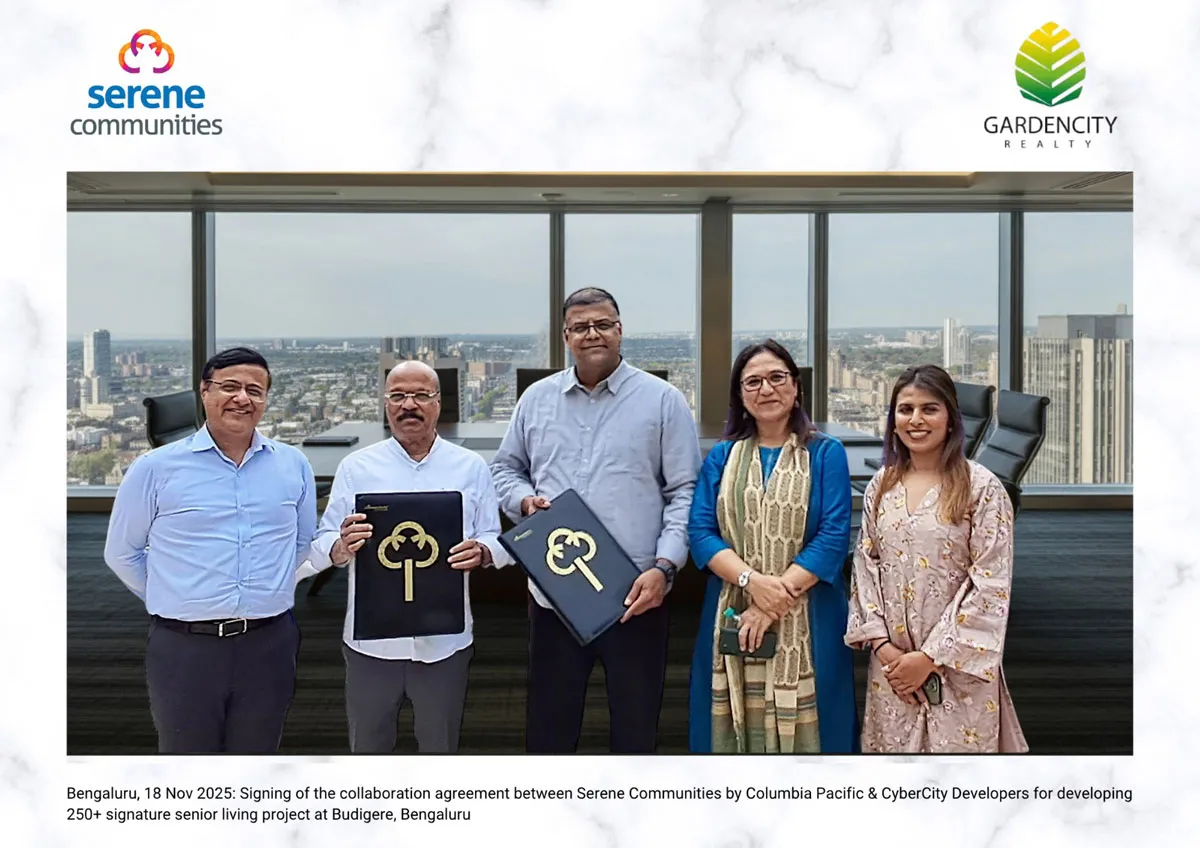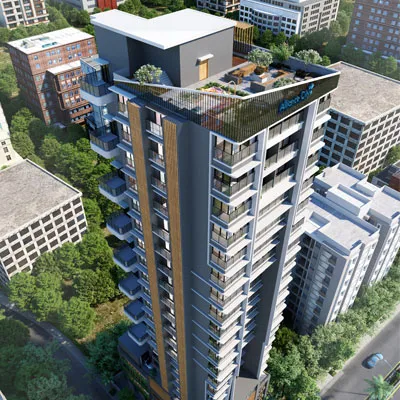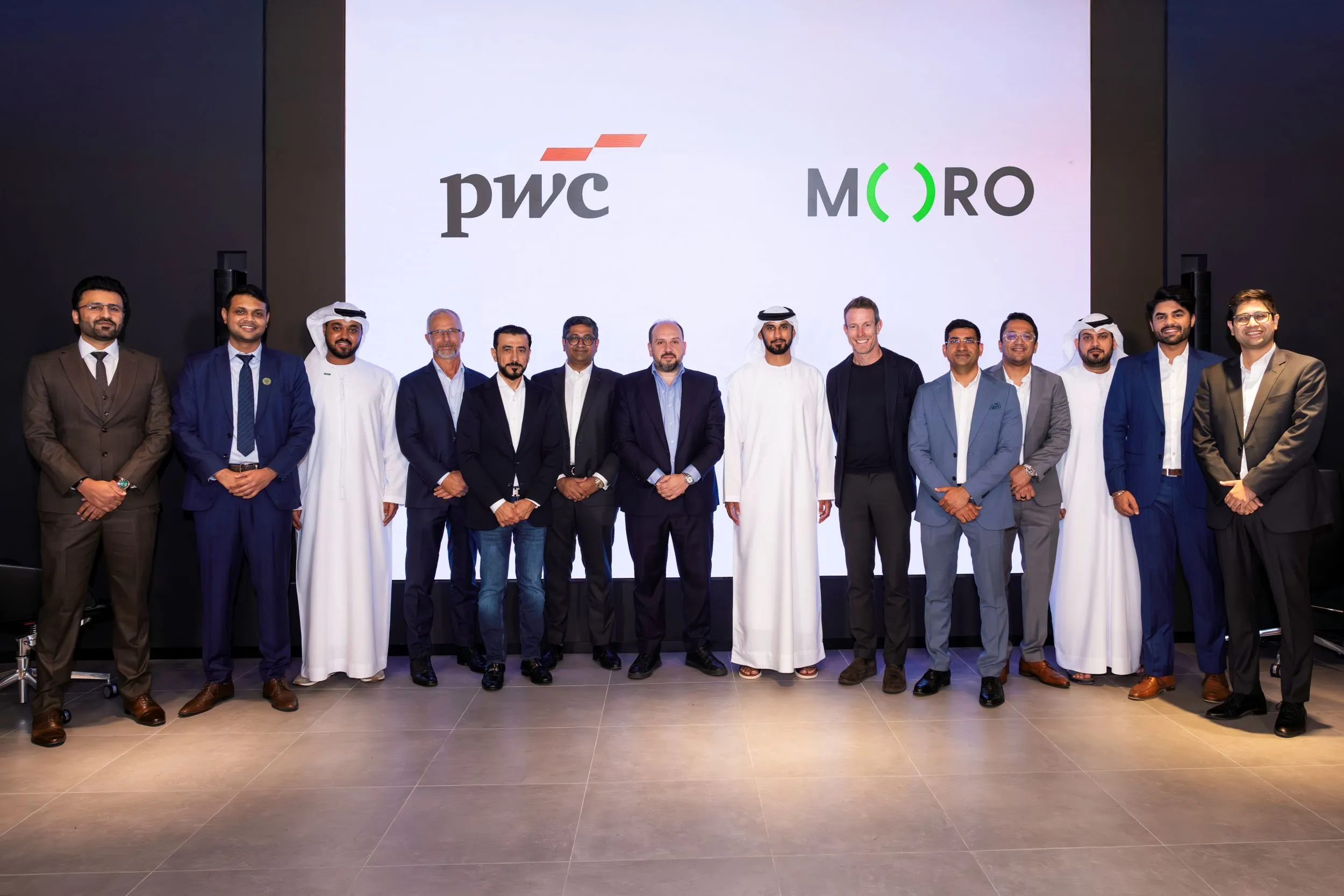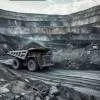Scaling New Heights
01 Feb 2012
10 Min Read
Editorial Team
Shubhangi Bidwe rides the Indian elevator and escalator market that is poised to grow to 70,000 units annually over the next three years.
Did you know that over half the world's population travels in elevators, escalators and moving walkways at least every other day? Trivia aside, rapid urbanisation and booming infrastructure development projects have led India to become the second-biggest market for elevators globally, second only to China. "The current Indian market for elevators is estimated to be around 50,000 units annually, with low-rise, low-speed lifts being more in vogue," notes Amit Maitra, Managing Director-India Operations, Lerch Bates Pvt Ltd. This is further likely to grow to 70,000 units annually over the next three years, and with high-rise buildings coming to the fore, high speed lifts will be needed. The market will continue to predominantly cater to residential buildings requiring lifts with higher speeds and newer technologies. Similarly, the growth of malls, multiplexes and metros has upped demand for escalators in India; this trend will only continue.
Changing dynamics
Gone are the days when you would approach a 'lift' with black iron gates that you would have to push open with your hands. "Today, the whole industry has changed from a manual door elevator to centre-opening automatic elevators," says Prakash Menon, Vice-President - Marketing & Sales, ThyssenKrupp Elevator (India) Pvt Ltd. "There was a time when India witnessed a lot of accidents in these manual lifts as people would insert their hands, heads and other parts of their body in the small holes of a manual elevator. The introduction of automatic door elevators has helped reduce these accidents to a great extent. Another change being witnessed is the gradual shift towards a gearless elevator from a geared elevator."
Menon believes people have become more conscious of aesthetics and energy-efficiency today. "Earlier, escalators would keep on moving endlessly, sometimes even without passengers in them," he points out. "Today, they are fitted with electronic devices that move only after sensing passenger movement. Similarly, escalators could travel only from the ground to the first floor. But in future, we might have escalators travelling from the second to the fourth or fifth floor."
The techno-shift
"As far as technology is concerned, some features in elevators, like VFD (variable frequency drive) that enables a smooth ride and energy saving, are being transferred to the escalator too," says Menon. "Similarly, technologies that support advertising on escalator handrails, steps and balustrades, and special lighting are trends that make escalators an integral part of malls."
"With the advent of sophisticated technology, the materials used for the construction of elevators and escalators has also undergone a drastic change," adds Neeraj Sharma, Managing Director, KONE Elevator India Pvt Ltd. "In escalators, stainless steel steps are being replaced by aluminium as they are more wear-resistant and reduce the quantity of material required, leading to cost saving."
Upcoming trends
There's more in the works — here's a quick look:
• Energy-efficient elevators: "Most manufacturers are delivering energy-efficient elevators by using permanent magnet motors, gearless motors, LED lights in the lift cars and variable frequency drives," shares Menon. "There are a wide variety of features that make energy-efficient elevators different from conventional elevators," states Sharma. He cites the example of KONE EcoDisc, a product of the KONE MonoSpace elevator range, which is a lightweight, highly efficient hoisting machine that consumes 70 per cent less energy than a hydraulic drive and 50 per cent less than a geared traction elevator drive.
• Double-deck elevators: A double-deck elevator is used in taller buildings where space becomes a constraint and more traffic needs to be handled. A flexible double deck is available when the floors are not evenly spaced. KONE offers advanced design services to help calculate traffic flow based on the project plan.
• Earthquake-resistant lifts: "Lifts for earthquake-resistant buildings are fitted with an earthquake sensor in the lift hoist way," explains Maitra. "The moment this sensor detects a sway in the building owing to an impending earthquake, it immediately shuts down. This helps minimise damage."
• Foot over-bridges for escalators: These escalators are designed for mass movement and are able to move 5,000 people per hour.
Despite the technology available, developers often fail to get it right. For instance, as Maitra observes, "People still cut corners while installing elevators in a high-rise. They don't provide a deep car. So if somebody on the upper floor is ill, how do you bring him down as a stretcher cannot go in? Nobody thinks about this."
Demand drivers
Not surprisingly, a host of sectors are driving demand for elevators and escalators with varying requirements, as follows:
• Hospitals: "A lot of government investment is being poured into the health segment leading to an increasing demand for elevators and escalators from this sector," says Sharma. The key features required for hospital elevators and escalators are reliability, ride comfort, hygienic surroundings and smooth finishes. Stainless steel finishes that can be cleaned easily are preferred; while features like voice announcement systems and Braille buttons have become mandatory to ensure accessibility to all. "Hospital lifts have to be long, large structured, deep cars," adds aitra. "They have to move slowly and level very accurately so people inside do not get a jerk."
• Malls and multiplexes: "Increase in FDI and the various initiatives launched by the government are stimulating the growth of the retail segment in India, creating demand for more elevators and escalators," says Sharma. "This segment requires vandal-proof material, spacious elevators and ride comfort."
• Commercial complexes: "Commercial complexes need intelligent elevators with effective handling capacity linked to the building management system (BMS)," says Sharma. "A destination control system (DCS) is also predominantly installed in commercial buildings to provide better traffic handling. IT & ITES and banking and financial sectors are the key drivers for this segment."
• Airports: "Customers in this sector seek trendy and spacious elevators that can carry around 50 passengers at a time," observes Sharma. "Glass elevators are the latest fashion here."
• Residential segment: Residential customers seek ride comfort, reliability, safety and affordability when it comes to elevators.
New launches
Not surprisingly, with about 40 per cent growth expected in the industry over the next three years, new products are being launched every day.
For instance, ThyssenKrupp has recently launched three new products: twin elevators, turbo track and Iwalk. "Twin elevators are two independent elevators running within the lift hoistway," explains Menon. "When you have single elevator running in through the elevator shaft, the upper or lower portion of the elevator is not used in a required manner, so Thyseenkrupp devised this technology, where even that area is used with an addition of one more elevator in that unoccupied area. The concept is new to India." Turbo track is a faster moving walkway, whose speed goes up to 2 m per second. It caters to a horizontal plate where you have to travel a longer distance in minimum time. It is mainly used in airports. And Iwalk is an alternative for a traditional moving walkway, where you have the advantage of not having a pit – you get a pit-less moving walkway.
Meanwhile, KONE MonoSpace elevators with the KONE EcoDisc hoisting machine combined with other energy-saving solutions consume 50-70 per cent less energy than a traditional hydraulic elevator. KONE InnoTrack autowalk is the world's flattest autowalk technology, which makes designing locations for and installing auto walks considerably easier. Owing to its innovative pallet return mechanism and a new kind of motor solution, each InnoTrack autowalk can be installed entirely on the floor level. And the KONE Polaris Destination Control System registers additional information like desired destination floors and the number of waiting passengers. This leads to increased handling capacity, shorter waiting times, fewer intermediate stops and enhanced comfort, along with a high-tech feel and improved security to the building.
With such developments and innovations, there is only way that the elevator and escalator industry can go: up!
How it works
Amit Maitra, Managing Director, Lerch Bates Pvt Ltd, sheds light on the installation and maintenance process of an elevator.
The design process: Elevators originally had geared machines in a gear box; hydraulic low-rise lifts have now been replaced by machine room-less lifts. These are predominantly available in 25-30-storey residential buildings. As this technology evolves, they will gradually move to commercial buildings. At present, there are several applications in commercial buildings where machine room-less lifts have been provided, but their quality is not up to the mark.
Bidding: Bidding for elevators through government tenders is 'on L1 basis'. Developers and architects still use the conventional way of calling companies and asking them for proposals. A consultant's main job is to write down the technical specifications suited to the building, based on the lift design provided by the consultant. These specifications are measurable and performance-driven. They include door-open door-close time, noise in the car, etc. A consultant-driven specification is more transparent and helps everybody to bid on the same platform, whereas when it comes to the government, the focus is more on prices. Every parameter in these specifications has measurable performance content. We are able to measure the vibration, speed and door open and close time of the elevators. These are all laid down very clearly.
Safety: Safety is paramount. Safety requirements for installation of elevators are laid down in Indian standards, and we follow these strictly. In fact, we go a step forward and also look at safety procedures laid down in American and European standards that are far more stringent.
Documents: While installing elevators, the customer should ensure he has a liftwell that conforms to Indian standards. After this, he can apply for permission to erect a lift (Form A). Within six months of getting this permission, he can erect the elevator and get it inspected by a lift inspector. Before installation, he must ensure compliance with all building regulations, including fire norms.
Maintenance audits: These are done on a regular basis by consultants. The lift should be maintained at least once a month. These throw up a lot of issues, like dust coming into the machine that affects the control system of a lift. ADA (Americans with Disabilities Act) compliance is still very weak in India. In government buildings, out of four lifts, one has to be ADA-compliant. These need Braille markings on the button and a voice-announcing system; further, one lift has to be capable of taking a wheelchair. This type of innovation is still in the drafting stage in India and will be gradually introduced in the market.
Design of high-rise lifts: In high-rises, speeds are very high. In normal buildings, you will not go beyond 1.5-1.75 m/s; for a high-rise, you start at 2.5 and go up to 8 or even 9 m/s. We reach the altitude very quickly, but it takes much more time to come down because there's a limitation on the pressure the human ear can absorb. So 9 m is the threshold. Anything beyond this requires very specialised technology.
To share your views on this story, write in at feedback@ASAPPmedia.com



















